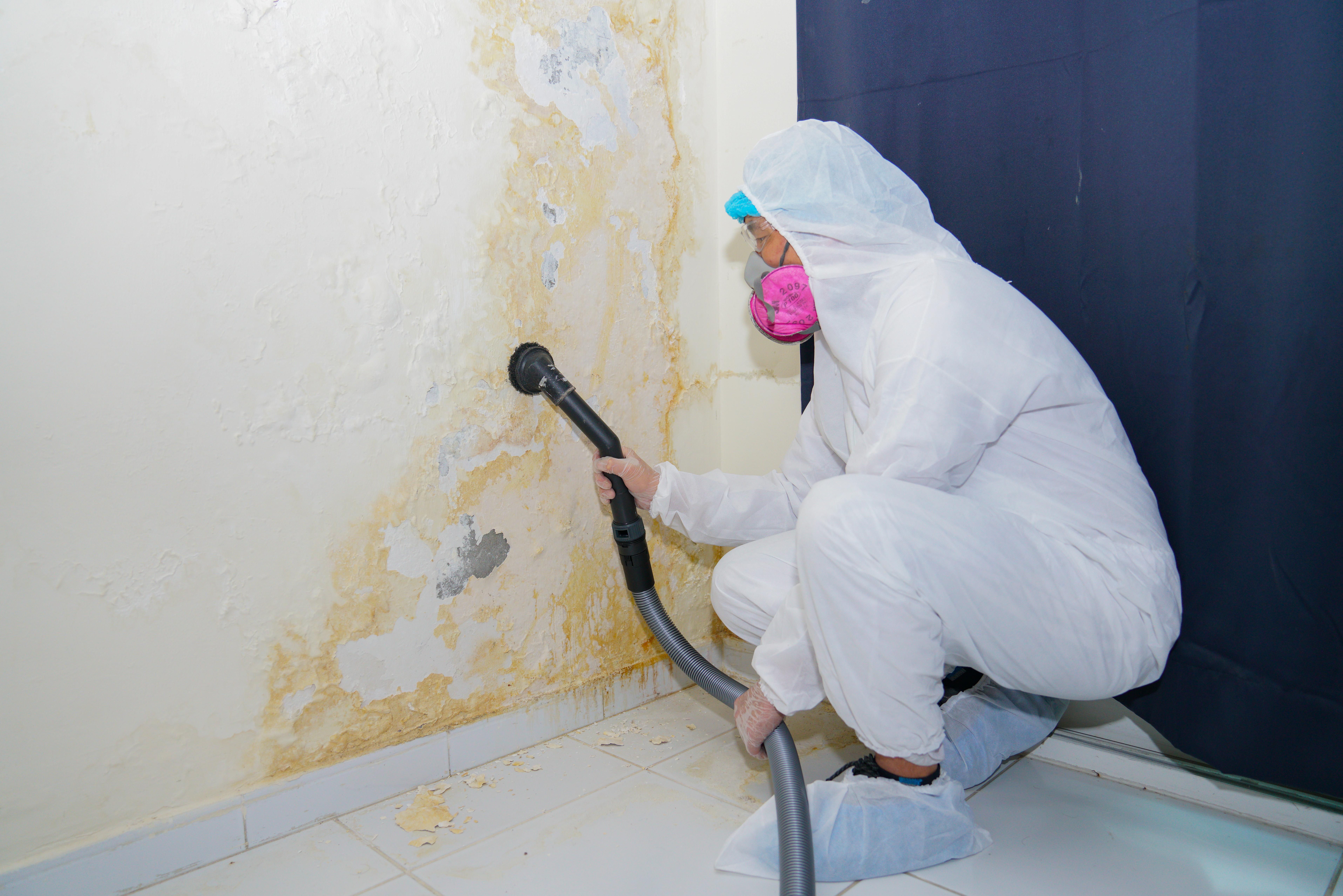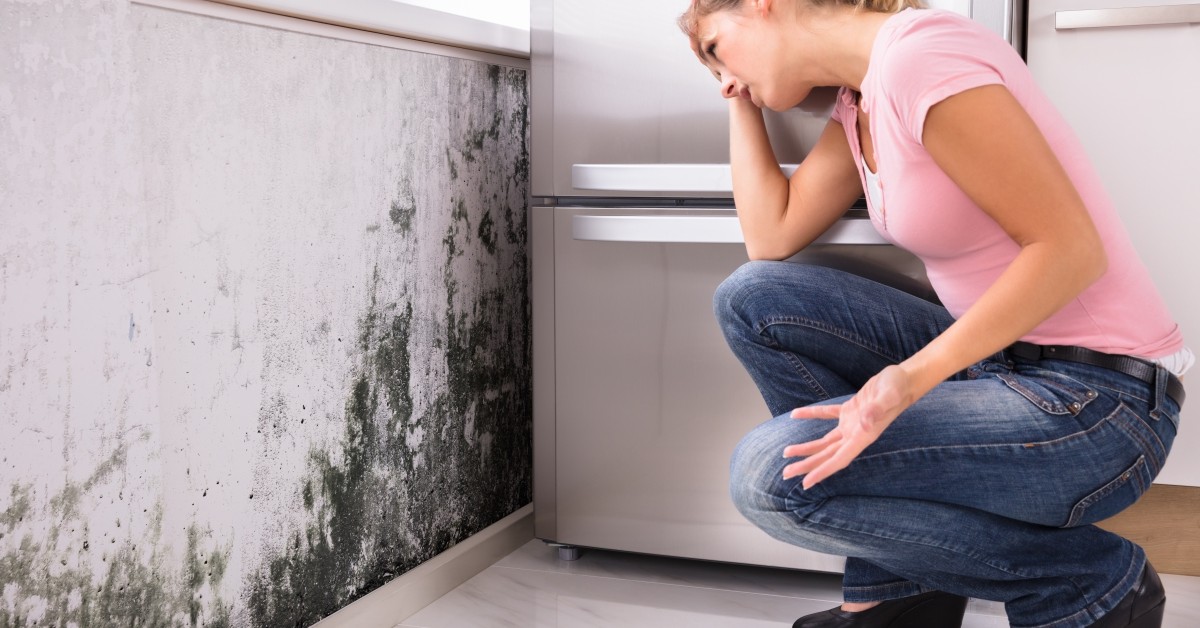Testing Air Quality After Mold Remediation
Testing Air Quality After Mold Remediation
Blog Article
Your Ultimate Overview to Blog Post Mold Remediation Techniques
In the results of mold and mildew invasion, understanding exactly how to effectively eliminate the mold and mildew and prevent its reoccurrence is critical for maintaining a healthy indoor environment. From choosing the appropriate cleaning and sanitizing approaches to applying methods for long-term mold and mildew prevention, each step in the removal journey plays a critical duty in making sure an effective result.
Comprehending Post-Mold Removal Refine
After completing the mold removal process, it is vital to recognize the post-mold remediation techniques that are required to ensure a detailed and reliable cleanup. Once the mold and mildew has been eliminated, the following action includes cleansing and disinfecting the impacted areas to stop any type of regrowth of mold and mildew.
Additionally, performing a final inspection post-remediation is crucial to make certain that all mold has been successfully eradicated. If the assessment exposes any remaining mold and mildew, added remediation may be needed.
Effective Cleaning Up and Sanitizing Techniques

Avoiding Future Mold Development

Importance of Appropriate Ventilation
Correct ventilation plays best site a vital role in protecting against wetness buildup, a crucial consider mold development within interior environments. Efficient ventilation systems aid remove excess moisture from the air, decreasing the chances of mold and mildew spores finding the wetness they require to germinate and spread out. Without sufficient ventilation, indoor areas can end up being a breeding place for mold, resulting in prospective health and wellness dangers and architectural damage.
By ensuring appropriate air circulation, ventilation systems can also assist in drying out damp locations much more promptly after water damage or flooding events, even more preventing mold and mildew growth. Post Mold Remediation. In spaces like washrooms, cellars, attics, and kitchens where wetness levels often tend to be greater, installing and maintaining reliable air flow systems is vital in preventing mold and mildew infestations

Monitoring and Maintenance Tips
Offered the crucial function that correct air flow plays in avoiding mold and mildew growth, it is essential to develop effective tracking and maintenance pointers to make sure the continued capability of ventilation systems. Regular evaluations of ventilation systems should be performed to examine for any kind of indications of blockages, leaks, check my reference or breakdowns that might hamper appropriate air movement. Monitoring moisture levels within the building is likewise critical, as high moisture can add to mold development. Installing a hygrometer can assist track moisture degrees and sharp home owners to any kind of spikes that may require attention. In addition, ensuring that air filters are on a regular basis cleaned up or changed is essential for maintaining the performance of the air flow system. Carrying out a timetable for routine maintenance jobs, such as duct cleaning and heating and cooling system assessments, can assist protect against issues prior to they intensify. By remaining conscientious and aggressive to the problem of ventilation systems, home proprietors can effectively minimize the threat of mold regrowth and preserve a healthy interior setting.
Conclusion
In final thought, post-mold remediation techniques are vital for making sure a secure and clean environment. Comprehending the process, executing effective cleaning and decontaminating techniques, preventing future mold and mildew growth, keeping correct ventilation, and routine tracking are all important action in the removal procedure. By complying with these standards, you can effectively eliminate mold and stop its return, working or promoting a healthy article living area for all owners.
In the results of mold and mildew invasion, understanding how to effectively get rid of the mold and mildew and stop its reoccurrence is paramount for maintaining a healthy interior environment. Once the mold and mildew has actually been removed, the next action entails cleaning and decontaminating the influenced locations to protect against any kind of regrowth of mold and mildew - After mold remediation. After getting rid of visible mold and mildew development, it is vital to clean up all surface areas in the damaged location to remove any kind of continuing to be mold and mildew spores. To better enhance mold prevention procedures, it is necessary to resolve underlying issues that originally led to mold advancement.Given the important duty that appropriate ventilation plays in avoiding mold and mildew development, it is necessary to develop reliable monitoring and upkeep ideas to ensure the ongoing functionality of ventilation systems
Report this page